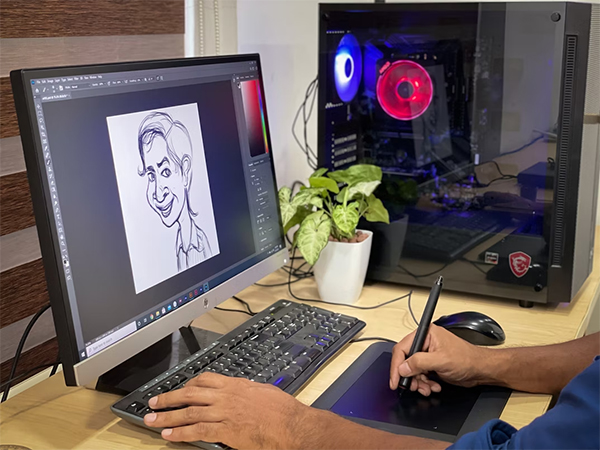History shows that most artists have always pursued unconventional mediums and new forms of art to display their principles and express creativity. With the avant-garde movements of the past that began to grow and expand in the early-modern twentieth century rapidly challenged what the traditional artistic perception of the time was.
The artists who emerged from such movements introduced various materials, ranging from books and magazines to household items for their craft. And technological developments walk hand-in-hand with this progressive artistic approach, changing the creative process and enabling more innovative expressions that capture new audiences beyond the more conventional art boundaries.
These days, artists no longer use technology as a mere assistant—most professionals leverage these tools as a medium for their creative process, enabling them to produce engaging, immersive, and striking pieces. In this article, we’ll talk about how perpetually advancing technologies have disrupted the world of art.
Digital revolution
Digital exhibitions are increasingly replacing traditional in-person galleries, thanks in no small part to the ease and convenience of accessing groundbreaking projects. Moreover, it’s easier for artists to exhibit their pieces online because they don’t have to spend too much money and time setting everything up in a physical space.
Blockchain technology further enhances the market for digital artwork by ensuring only a specific number of pieces are released by the artist. This allows them to create non-fungible pieces enthusiasts can collect.
Job market
Beyond the accessibility of setting up virtual galleries, technology has also had a significant impact on artists’ job market. Studies have shown that the market for the employment of digital artists is high, with the majority of jobs with salaries of 60K and up being within the entertaining, marketing, and IT industries.
Based on the same research, the market for art-related work is increasing. Moreover, most are well-paid, meaning that having a second job isn’t necessary. When paired with strategies for increasing online exposure, artists can find work that’s as fulfilling as it is financially rewarding.
Reduces wastage
Traditional artwork can be a stressful trade, primarily because mistakes can lead to wastage. Because of technology, this is no longer an issue. Instead of having to replace art materials constantly, artists can make changes to their pieces with little more than a few clicks using their mouse. Additionally, they have access to more materials using software without having to spend a small fortune in the process, from oil painting to watercolor.
Inspires creativity
Lastly, technology can inspire creativity in ways that traditional art methods cannot. For example, because software solutions offer artists more options, they’re able to give them the ability to create a variety of different pieces much easier than if they were limited to specific materials.
Conclusion
It’s easy to see why technology has had such an impact on art. After all, it not only enhances the artistic process. But it also optimizes its workflow. In addition, it presents artists with more opportunities to showcase their work through augmented reality than if they stuck with the traditional approach. It even gives them better chances at security employment too.
Photo Attribution:
1st and featured image from https://unsplash.com/photos/Dx1b5ucschA
2nd image from https://unsplash.com/photos/58c1dnakdRQ

